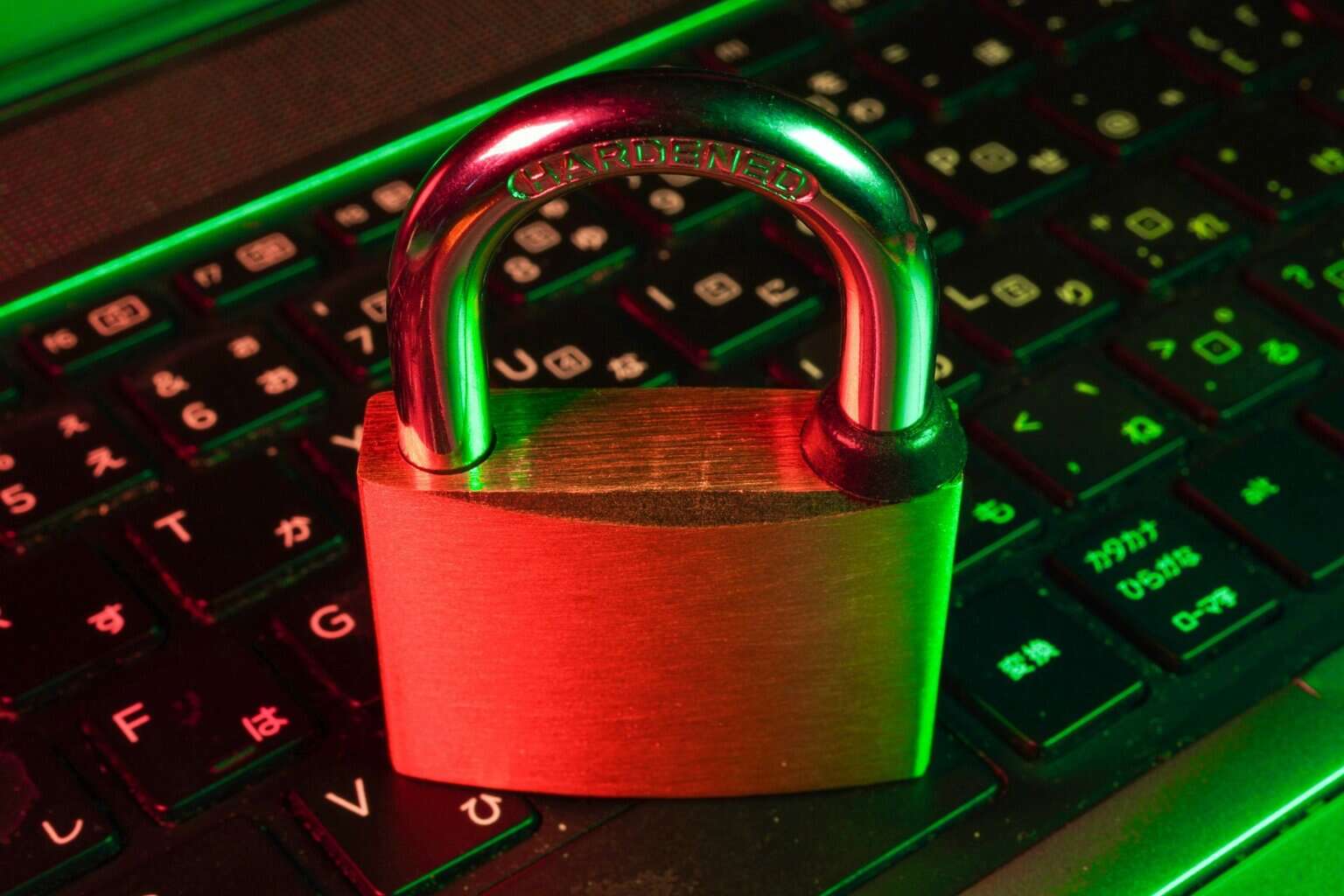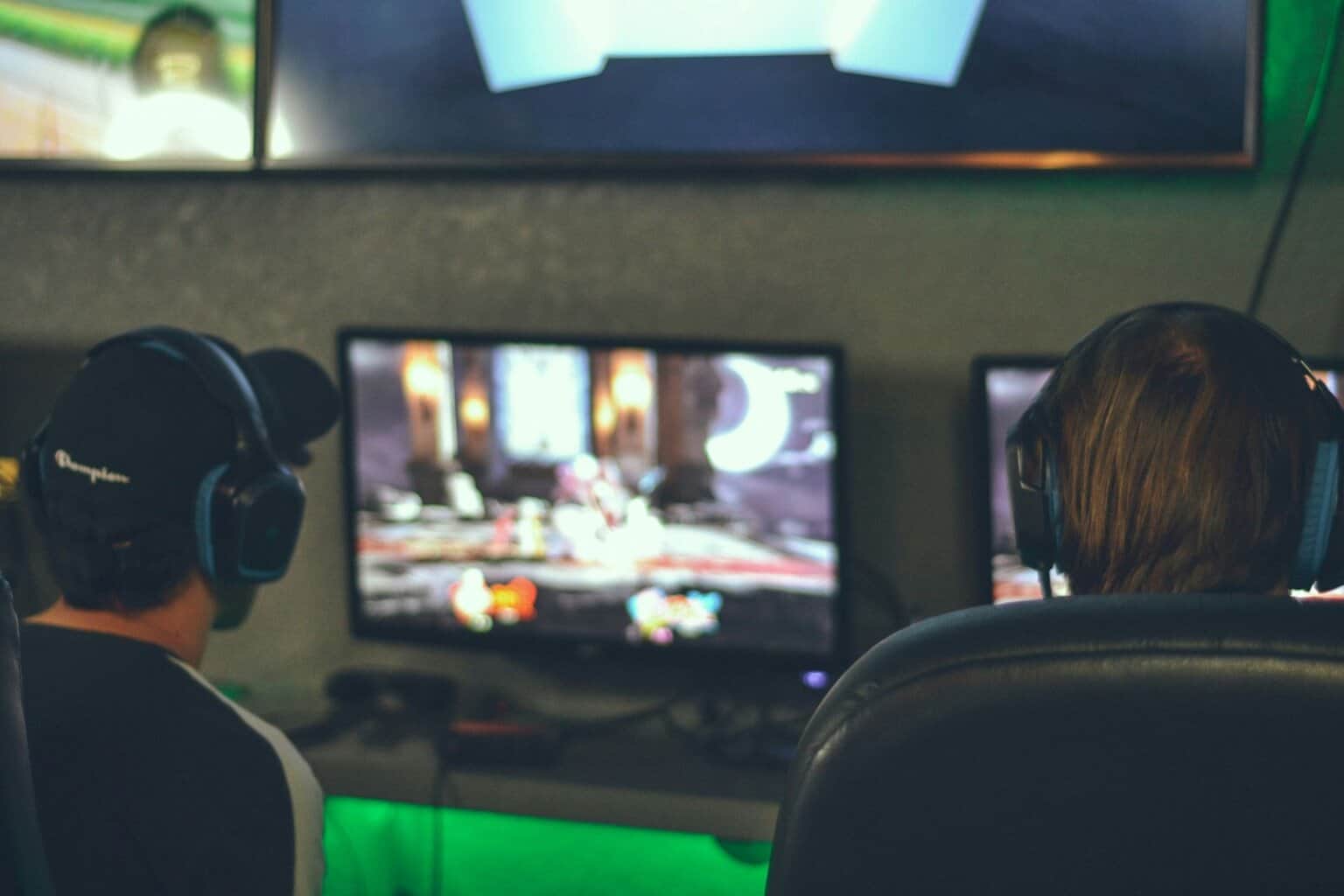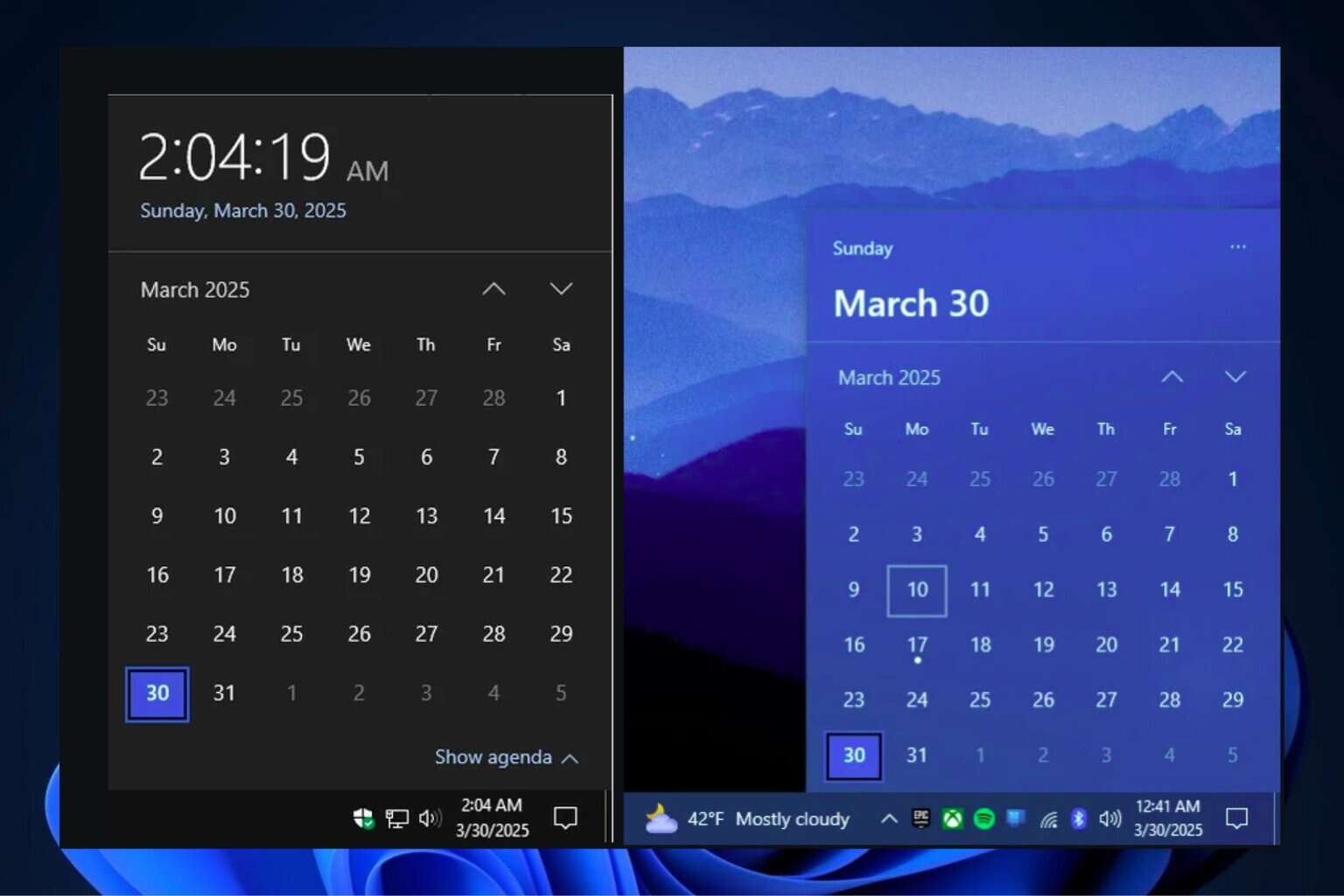Error Code 45 on Disk Partition - Simple Troubleshooting Guide
5 min. read
Updated on
Read our disclosure page to find out how can you help Windows Report sustain the editorial team. Read more

Are you encountering Error Code 45 on your disk partition? I know how frustrating it can be, especially when it interferes with your system’s performance. This article will help you understand what this error means and provide a step-by-step guide to fix it. I’ll use the Windows 10 version for demonstration.
Let’s begin!
What Is Error Code 45 on Your Disk Partition?
Error Code 45 typically appears when Windows can’t connect to the hardware device because it’s not physically connected to your computer. However, even when the device is connected, this error can occur due to corrupted system files, outdated drivers, registry issues, etc.
The error message usually reads, “Currently, this hardware device is not connected to the computer. (Code 45)”.
So, how do you fix the issue?
How To Fix Error Code 45 on Your Disk Partition
Before doing anything more involved, try these common and quick fixes first:
- Update Windows: Go to Settings, click on Update & Security, then select Windows Update to check for and install any available updates.
- Restart your computer: Click on the Start menu, select Power, and choose Restart.
- Check the connection: Ensure all cables are securely plugged in and try reconnecting any loose connections.
- Check for hardware issues: Try the disk on another PC and confirm it’s working.
If these didn’t help, read on to resolve Error Code 45 on your disk partition:
1. Run Windows Troubleshooters
Windows has built-in troubleshooters that can automatically detect and fix many common problems including Error Code 45. However, there are two different ways to troubleshoot, depending on whether your OS version is before or after Windows 10 build 1809.
I’m running a version that came after Windows 10 build 1809 and it doesn’t have Hardware and Devices Troubleshooter in the Control Panel. Here are the steps:
- Type Windows PowerShell on the search button beside the Windows icon and hit Enter.
- Select Run as administrator.
- Type msdt.exe -id DeviceDiagnostic to open Hardware and Devices Troubleshooter.

- Tap “Next.”
- Wait for the process to complete then follow the instructions on the screen.
Reboot your PC and check if the issue is solved.
If your OS version is BEFORE Windows 10 build 1809, follow the below steps:
- Press the Windows Icon and letter R keys simultaneously, type “control panel” and hit Enter.
- Tap “Troubleshooting.”
- Click “Hardware and Sound.”
- Hit “Hardware and Devices.”
- You’ll see the troubleshooter wizard. Tap “Next” to begin.
- Follow the instructions on your screen to complete the process then restart your PC.
Did the fix work? Here’s another one.
2. Update the Device Driver
Outdated or corrupt drivers can often cause hardware errors. Updating them is crucial for maintaining hardware compatibility and performance.
Here’s how to do it:
- Press Windows + X and select Device Manager.

- Find the device causing the issue, right-click it, and select Update driver.
- Choose Search automatically for drivers.
Follow the prompts to install any available updates then restart your PC to check if the error is solved.
This task can also be accomplished faster with the help of professional software such as PC HelpSoft Driver Updater. In just a few minutes you can download the updated driver and fix errors that may have occurred from this issue.
3. Run System File Checker
System File Checker can scan and repair missing or corrupted system files, which might be causing the hardware not to connect properly.
Here are the steps to follow:
- Press the Windows key on your PC, type cmd then hit Enter.
- Click “Run as administrator.” If prompted for permission, click “Yes.”
- Type sfc /scannow and hit Enter.

Windows will now verify the system files and automatically fix any detected issues. Once the verification is complete, exit Command Prompt. Then, reconnect your hardware device and check if it’s working properly.
4. Run DISM Scan
Deployment Imaging Service and Management Tool (DISM) can repair a corrupted system image, potentially fixing deeper Windows issues that SFC can’t address.
- Type cmd on the search button beside the Windows Icon and tap Enter.
- Pick “Run as administrator.” If prompted for permission, click “Yes.“
- Type DISM /Online /Cleanup-Image /RestoreHealth and press Enter.
Allow the process to complete.
5. Uninstall and Reinstall the Drivers
If updating the driver doesn’t work, try uninstalling and then reinstalling it to reset any corrupt configurations.
Follow the below steps:
- Press Windows + X and select Device Manager.

- Right-click the problematic device, select Uninstall device, and tap “Uninstall.”
- Restart your computer. Windows will attempt to reinstall the driver automatically.
6. Run CHKDSK
Running CHKDSK is important for identifying and repairing disk-related issues affecting hardware connectivity and performance. This utility ensures that the disk is free from errors.
Follow these steps:
- Press the Windows key, type cmd, and tap Enter.
- Select “Run as administrator.” If prompted for permission, click “Yes.”
- Type chkdsk.exe /f /r and press Enter.
- If prompted to schedule the scan at the next restart, type Y and press Enter.
Restart your computer to let CHKDSK scan and fix disk errors.
Note: Running a disk check can be time-consuming. If you can’t run it during your next boot, you can skip it and reschedule by following the above steps.
If troubleshooting doesn’t resolve the issue, consider replacing the faulty hardware component with a new one.
Conclusion
Encountering Error Code 45 on your disk partition can be frustrating, but with these troubleshooting steps, you can fix it easily. Regular maintenance, such as keeping your drivers updated and running periodic system checks, can help prevent such issues from arising in the future. Also, if you’re having trouble with the same error on your printer, I’ve got you covered.




















User forum
0 messages